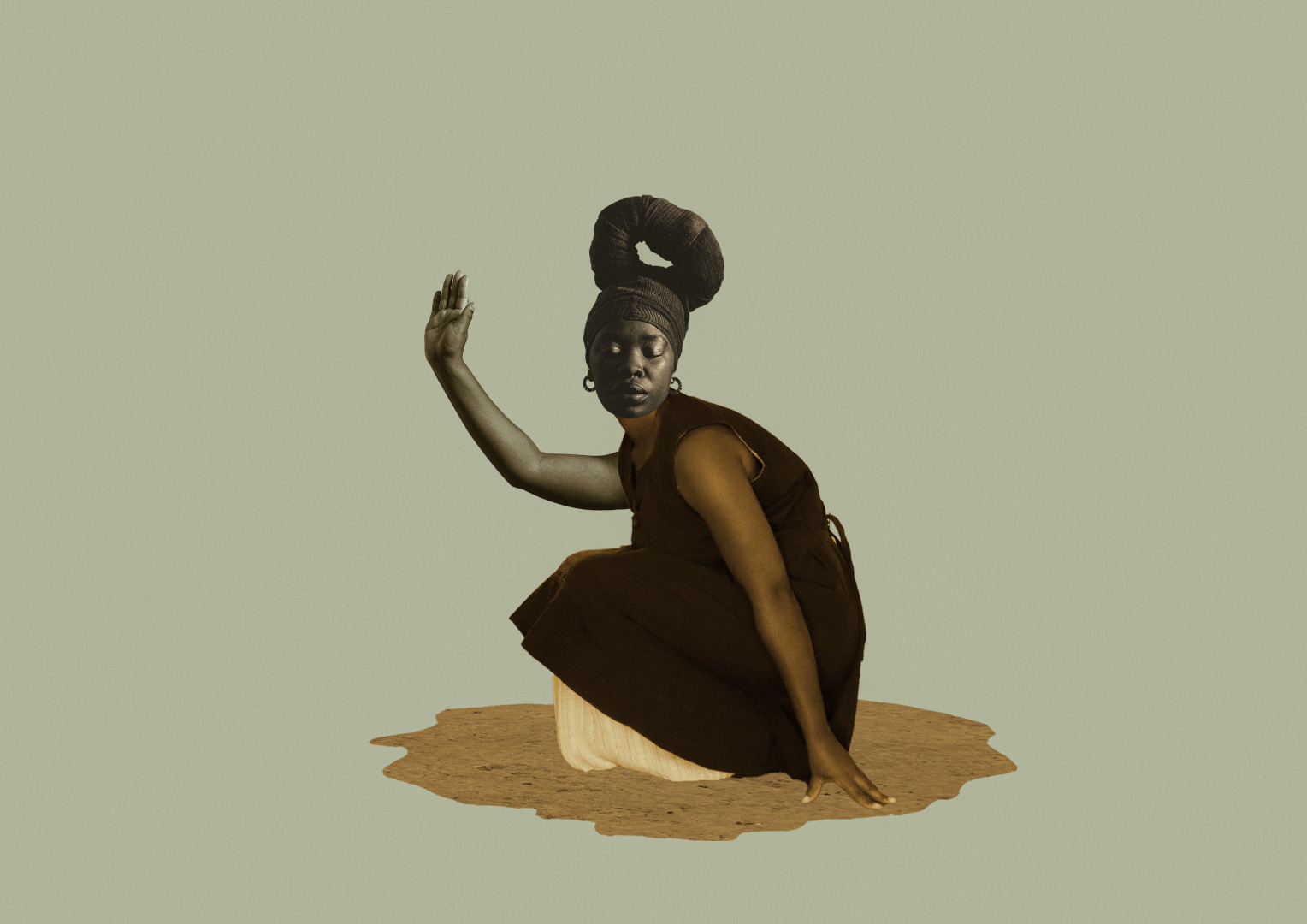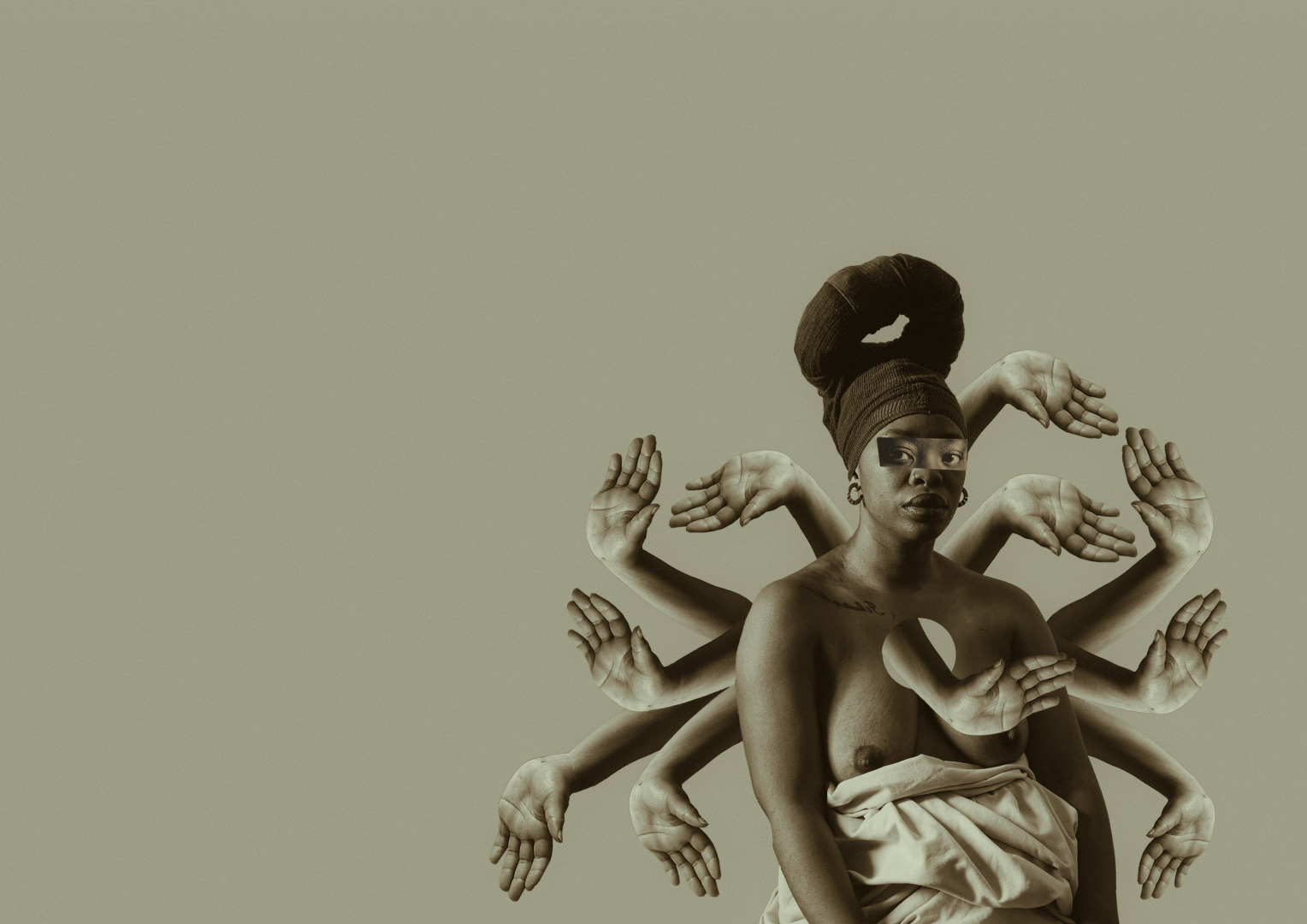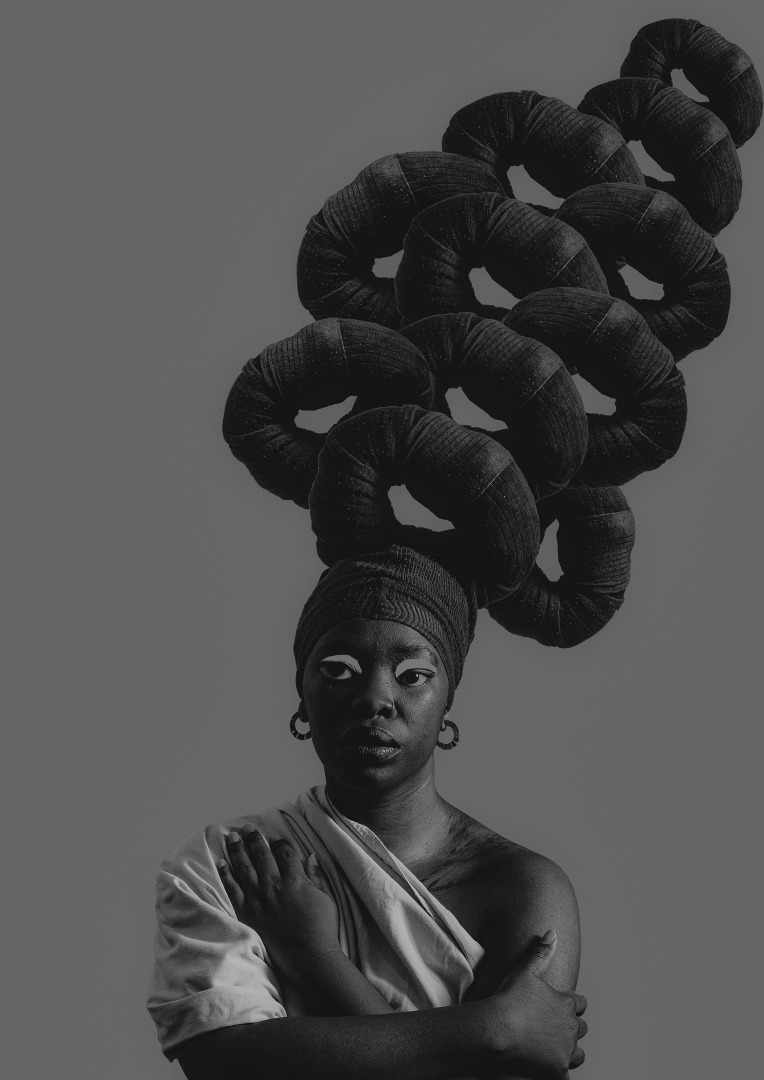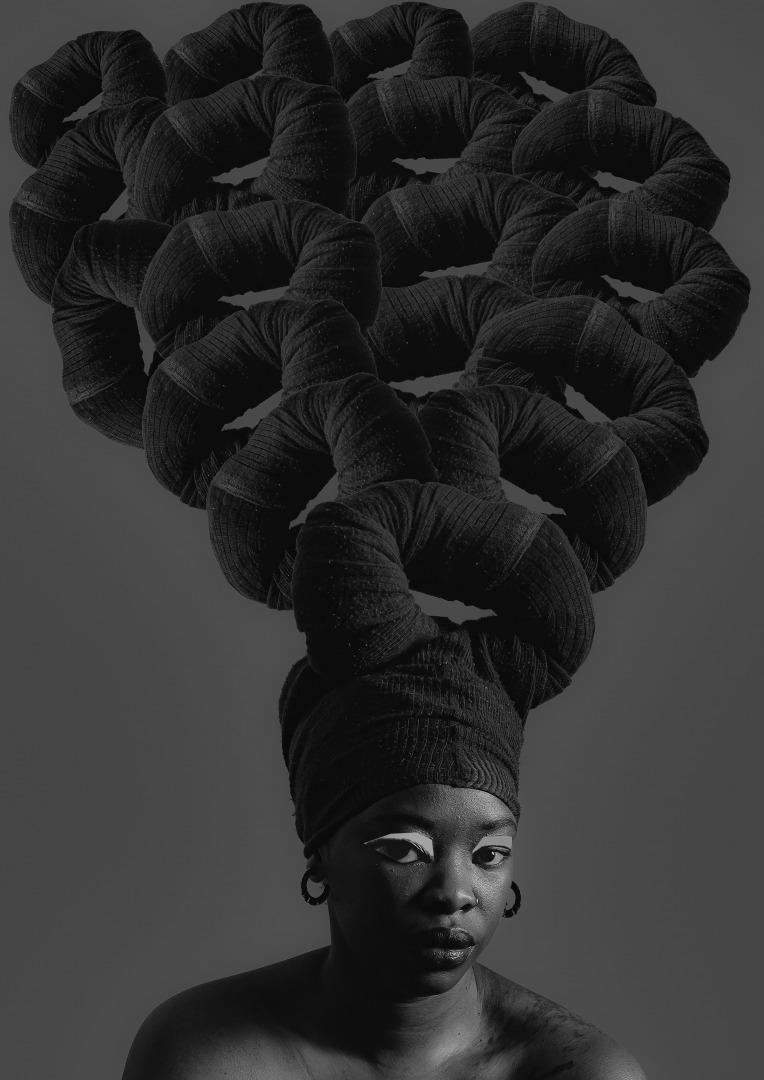Meet Puleng Mongale | Visual Artist

We had the good fortune of connecting with Puleng Mongale and we’ve shared our conversation below.
Hi Puleng, why did you decide to pursue a creative path?
I pursued an artistic career because, honestly, there wasn’t much else for me to be. I don’t really know any other way to exist outside of this path. I can’t even say I truly chose it, it’s more that I decided to honour it. It was always there.
I tried being many different things at first. At 19, while in my second year of my BA, I worked as a primary school teacher and spelling coach at various schools in the Johannesburg South area. By 21, I was in corporate doing admin and reception work. At 23, I joined a one-year copywriting learnership, which led me into advertising, until I was retrenched in 2019 at just 28.
All of those roles were short-lived; I either quit or life pushed me out of them. After that, I decided not to look for another job and instead committed to being a full-time artist. Funny enough, this has been the longest “job” I’ve ever had. It isn’t always rosy, but it’s what I’d rather be doing. It challenges me, fulfills me, and feels like a sanctuary for the kind of person I am, how I function, and how my brain works. It embraces me. I am not sure what the years ahead will look like, but I do know I’d love to return to teaching in some form, this time through my practice.

Can you open up a bit about your work and career? We’re big fans and we’d love for our community to learn more about your work.
At the beginning of my practice, my work explored displacement as a young black woman who had lived her entire life in urban settings. Much of this early work reflected on belonging – or the absence of it- shaped by the enduring disruptions of colonization. I merged self-portraiture, surreal landscapes, and archival textures as a way of articulating the intangible bonds I was always searching for. Over time, my practice developed a recognizable visual language that came to characterize my early career.
However, in the past two to three years, both my subject matter and aesthetic have shifted. My practice, right now, is about documenting survival after sexual violence. At first, I tried to hold on to the visual language that had “launched” my career. It took intention and courage to release that attachment and honour my present moment. I did not fully understand the risk of this transition until I was in the process of living through it. I have since learned that when an artist changes, everything around them can shift; this is not only okay, but also essential. Such transitions create space to reflect on the deeper “why” of one’s practice. Staying true to oneself may sound like a cliché, but in practice, it is a principle that demands presence, discipline, and faith in the work.
As a young artist, I also believe it’s important to view our careers in parallel with other professions. In many industries, there are regulations, processes, and structures that support growth. We, too, need to build those frameworks within our own practices. Social media often presents the illusion of instant success, with artists “blowing up” before they have truly come to know themselves. That kind of visibility can be restrictive and misleading. It is important to continually define yourself – for yourself and the integrity of your work- beyond the hype and the fleeting validation of virtual audiences.

Let’s say your best friend was visiting the area and you wanted to show them the best time ever. Where would you take them? Give us a little itinerary – say it was a week long trip, where would you eat, drink, visit, hang out, etc.
I’ve been living in Durban for almost three years now, and I am STILL finding my way around. But if we had a week together, here’s what we’d get up to.
First stop: the Durban Botanic Gardens. It’s actually Africa’s oldest surviving botanic garden, and one of my favourite places in the city. We’d grab a light breakfast and coffee, then take a slow walk through the trees and plants. It’s the kind of place where you can take photos or just sit under a big tree with a book; it’s also great for picnics. But beware of the monkeys! There’s also a bookstall with really great finds at good prices.
For breakfast spots, we’d go to Humble Coffee in Windermere or The Glenwood Bakery in Glenwood. Both have that early morning rush, but somehow the energy is easy and relaxed. Perfect stops to get ready for the day ahead.
Gallery spots to check out are The Durban Art Gallery (DAG) in town (CBD), it’s also great when you are with a child or children (I have one), there’s a fascinating natural science museum downstairs for them to explore.
Another one is the KwaZulu-Natal Society of Arts in Glenwood. It’s got everything: exhibitions of local artists, a shop full of décor, clothing, and accessories, plus a café with good food and drinks. It’s a chill spot for casual meetings or just hanging out, and sometimes, there’s a live musical performance to enjoy.
If you’re into cosy spaces, Hue Café in Windermere is a gem. It’s fresh, homey, eclectic, and beautifully curated. Anything that happens there always feels special.
In the CBD, there’s an Ethiopian restaurant on West Street, just after Emathuneni. The meals are wholesome, rich, tasty, and affordable. You will also come across countless shawarma spots in town; it’s never a bad idea to have one.
Friday afternoons usually mean the skate park on South Beach. It’s laid-back, with skaters and bikers doing their thing. It’s a communal space with the older kids looking out for the younger ones, and a laid-back way to watch the sunset on a Friday or Saturday afternoon.
A full day at the beach is a must, so we are heading to Point Beach to relax and play in the water.
We can head over to On Point afterwards to enjoy pizza, seafood, craft beer, and great sea views. The vibe is family and friends, and always welcoming.
And when the night calls for something different, we’d head to The Chairman. It’s this arty, elegant jazz and blues venue with amazing art on the walls and unforgettable live performances. Definitely one of Durban’s treasures.
Of course, if we’re in the mood to party, then club-hopping on Florida Road or Davenport is a must. I’m not a nightlife expert here, but now and then I hit the streets with a few friends, and it’s always a good time!

Shoutout is all about shouting out others who you feel deserve additional recognition and exposure. Who would you like to shoutout?
My friend Vuyiswa Xekatwane – also known as Gogo Mahlodi – is an initiated sangoma, writer, and cultural worker. In her twenties, she became widely known for her documentation of jazz music and cultural spaces in Johannesburg. Today, she hosts Sgubhu – an event rooted in ancestry, collective memory, and live music. She also puts together and facilitates workshops on African spirituality, often exploring its intersections with capitalism, religion, and mental health.
She has compiled a dream dictionary that focuses on cultural interpretations of dream symbols, which I think is sooo cool, and she also runs her ndumba (practice), where she offers bone divination, cleansings, and spiritual counseling.
She is a dedicated supporter and contributor to our local cultural landscape, and I believe she’s worth a shoutout. She is also an activist, a remarkable thinker and conversationalist, and an all-around bad-ass woman whom I admire, love, and am grateful for.
Instagram: https://www.instagram.com/pulengmongale/

Image Credits
Puleng Mongale
